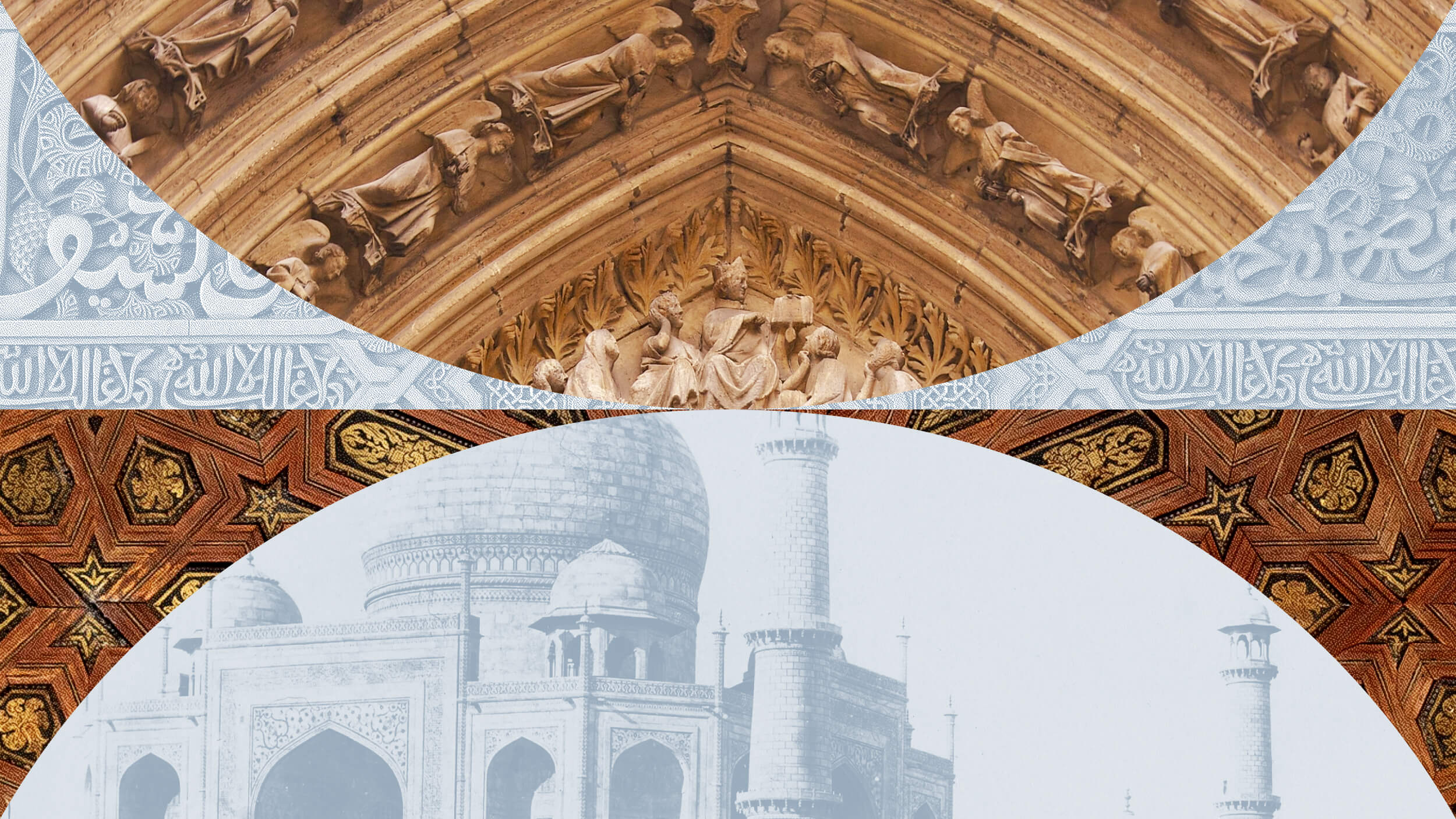When fashion expert Caroline Weber studies the significance of today’s style, she is struck by the rapid pace of changing trends, all working to feed the $300 billion industry.
Question: How will this age of fashion be remembered?
Caroline Weber: It is always hard – the great philosopher of history, Hagel, used to say that, “The owl of Minerva flies only at dusk.” Meaning, we an only be aware of history after it has happened and we look back on it. And for that reason it is a little bit hard for me to predict what will be seen by future generations as the most significant clothing choice we are making during this particular era. But for me, what stands out are two things. The first thing is the real power and dominance now of fashion as a big business. I mentioned earlier it’s a $300 billion industry and in order to feed the beast of fashion magazines, fashion websites, advertising, fashion TV shows, and make over TV shows, and all of the celebrity magazines, and what are they wearing, and In Style. In order to feed that whole industry, fashion has to change more rapidly than ever before. We’ve seen the introduction of resort collections in between the regular fall/winter, spring/summer collections for designers for couture for ready-to-wear. But now we’ve seen interim, interim collections. Designers are now under pressure constantly to be creating new things. And what’s that resulted in I think aesthetically that will be very obvious to people looking back at this period is an insane mash up of different period styles.
Right now we are in kind of an 80’s moment with more inflated shoulders with a lot of leggings with over-sized sweatshirts. A lot of things that I am horrified to see coming back because I am actually for once old enough to remember having worn them the first time around in high school. So, we’re seeing the 80’s come back, but we’re seeing the 80’s come back layered on top of 1950’s and early 1960’s Mad Men kind of crinolined prom-type dresses. And we’re seeing it on top of 1970’s fringed suede boots and all of this stuff is coming together because of the fact that fashion has to keep providing and there is only a limited numbers of patterns and styles for fashion to keep going back to and recycling over and over again.
A friend of mine, the Vanity Fair Fashion Contributor, Amy Fine Collins, once said to me that those designers who don’t understand history are condemned to repeat it. And I think now we’re living in a moment when fashion designers don’t have time to understand or to think about the history of what they’re doing. They throw in some 80’s because they just did the 70’s a few weeks ago, and the 60’s are coming back tomorrow because the 80’s are about to be over and we need to keep selling more clothes. So I think that’s one aspect that we’ll notice when we look back on this period. And I think the second thing that we’ll notice when we look back on this period that really represents a see-change in fashion, and something significant about our era is this move from what they often call class to mass which is to say that people who don’t every have a remote chance of showing up at a couture fashion show in Paris are interested in fashion, in larger number than ever before. They know sophisticated brand names; have very sophisticated taste, a very sophisticated eye often. And so a lot of these mass stores like, most famously H&M and Target, recruit these big name elite designers to design mass collections for much less money, made out of much less luxurious materials, sometimes with regrettable effects, sometimes with fantastic effects. But what you see as a result of that is a big business booming around trying to provide higher fashion to a lower common denominator. And then a wider dissemination of what we would have, even a few years ago call high style, among a kind of so-called lower demographic, if you look at them purely in terms of income. So I think that’s something very interesting and very hopeful that’s happening right now is fashion is becoming more and more democratic by the day and that again is something that I think is very specific to our era and something that we will be remembered for later.
Recorded on October 13, 2009





